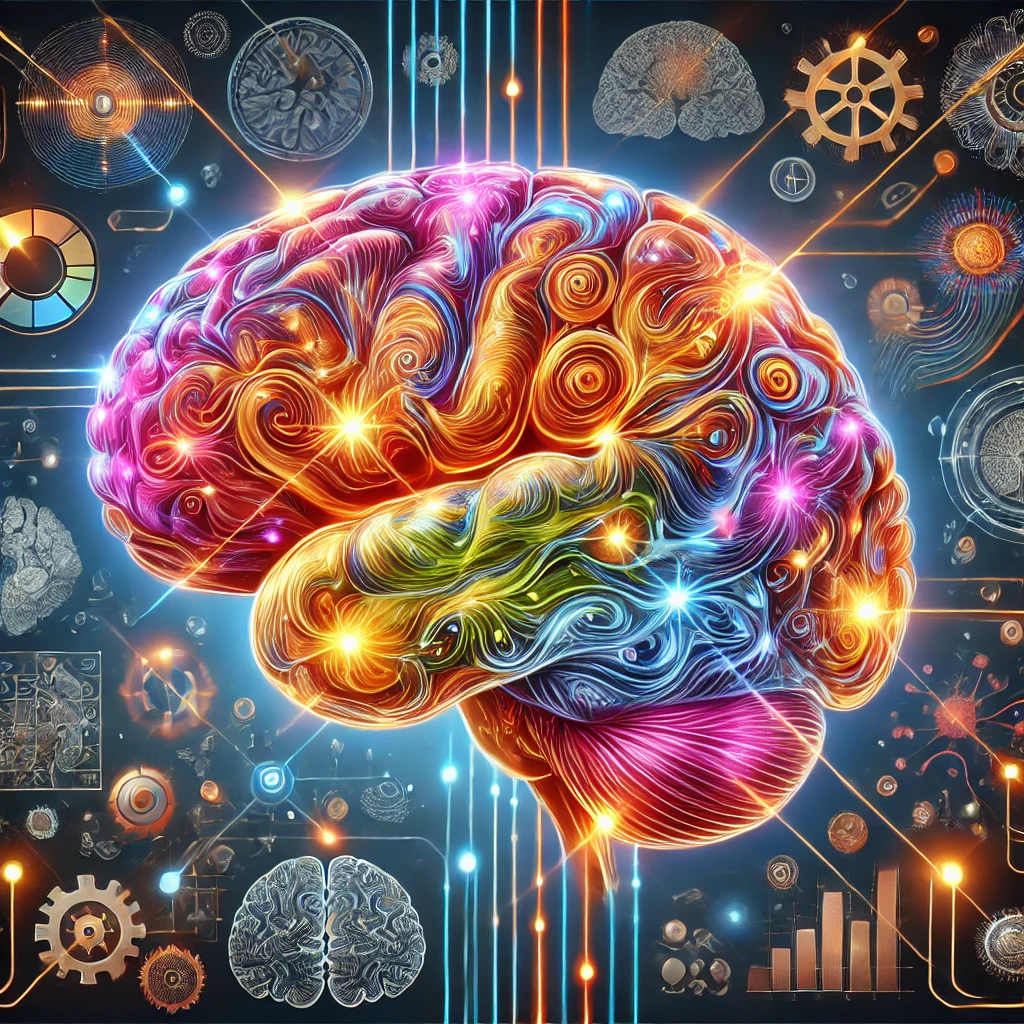Introduction
In 2005, a popular Hollywood film was released called “The Exorcism of Emily Rose.” Unlike many horror films, this one was unique because it was based on a true story—the story of Anneliese Michel, one of the most famous exorcism cases in history. Anneliese Michel was a girl born in 1952 in West Germany. When she was 16, she suddenly fainted in school and experienced a series of bizarre events that led her family to believe she was possessed by demons.
Table of Contents
Anneliese Michel’s Case
Anneliese’s troubling journey began with fainting spells and trances, but over time, her condition worsened. After seeing colors and hearing voices, she was diagnosed with Temporal Lobe Epilepsy. Despite this, her symptoms escalated, and she began experiencing severe hallucinations and strange behaviors, such as barking like a dog and eating spiders. Her parents, unable to find answers from doctors, turned to the church for help, leading to a series of exorcisms.
Understanding Exorcism
Exorcism is a religious or spiritual practice aimed at expelling evil spirits from a person or place. It has been part of many cultures and religions throughout history, each with its own rituals and significance. In the context of Catholicism, exorcism involves prayers, blessings, and commands directed at the supposed demon.
Scientific Explanation of Exorcism
From a scientific perspective, many symptoms attributed to demonic possession can be explained by medical conditions. Anneliese Michel, for instance, had Temporal Lobe Epilepsy, which can cause hallucinations and intense religious experiences. Additionally, she suffered from Anorexia Nervosa and Hyper-Religious Personality Disorder, contributing to her extreme behaviors and beliefs.
Dissociative Identity Disorder (DID)
Dissociative Identity Disorder, formerly known as Multiple Personality Disorder, is a severe mental illness where a person exhibits multiple distinct identities or personalities. These alternate personalities, or alters, often have their own names, ages, and behaviors. DID is usually a response to severe trauma, particularly during childhood, as a coping mechanism.
Theories Behind Demonic Possession
Historically, demonic possession was often used to explain behaviors that couldn’t be understood otherwise. Today, we know that mental illnesses, such as DID, can account for these behaviors. Cultural and religious upbringing plays a significant role in shaping how people interpret these experiences.
Famous Cases Similar to Anneliese Michel
Michael Boatwright’s story is another intriguing case. An American man who, after being found unconscious, woke up speaking Swedish and believed he was a different person named Johan Ek. This phenomenon, known as Dissociative Fugue, is a type of dissociative disorder often triggered by trauma.
The Role of Media in Perception of Possession
Movies and TV shows often dramatize and sensationalize exorcism and possession, which can lead to misunderstanding and stigma around mental health issues. Accurate representation in media is crucial for raising awareness and reducing stigma.
Dissociation Spectrum
Dissociation isn’t an all-or-nothing condition; it exists on a spectrum. Many people experience mild forms of dissociation, such as daydreaming or losing track of time. However, severe dissociation, like in DID, involves more profound disruptions to identity and memory.
The Importance of Mental Health Awareness
Recognizing the symptoms of mental illness and seeking professional help is essential. Understanding and addressing mental health issues can prevent the escalation of conditions like DID and improve overall well-being.
Therapies and Treatments for DID
Treatment for DID involves psychotherapy aimed at reintegrating the different identities into one cohesive self. This process requires time, patience, and often, years of therapy. Case studies, like that of Kim Noble, demonstrate the complexities and challenges of managing DID.
Common Triggers for Dissociative Episodes
Identifying and managing triggers is a critical part of treatment for DID. Triggers can be anything from specific sounds to stressful situations, and learning to recognize and cope with them can help manage the condition.
The Legal and Ethical Implications
The tragic case of Anneliese Michel raised significant legal and ethical questions. Her parents and the priests involved in her exorcisms were charged with negligent homicide, highlighting the need for proper medical intervention and the potential dangers of relying solely on religious practices for mental health issues.
Conclusion
The story of Anneliese Michel and the science behind exorcism reveal the complex interplay between cultural beliefs and mental health. Understanding these issues from a scientific perspective is crucial for addressing them appropriately. If you or someone you know is struggling with mental health issues, seeking professional help is the best course of action.
FAQs
1. What is Dissociative Identity Disorder (DID)? DID is a severe mental health condition where a person has multiple distinct identities or personalities, often as a result of severe trauma.
2. How can you tell if someone is experiencing a dissociative episode? Signs include memory gaps, a feeling of detachment from oneself, and behaviors that seem out of character.
3. What should you do if you suspect someone needs an exorcism? Seek medical and psychological evaluations first. Many symptoms attributed to possession can be explained by mental health conditions.
4. How can media representation of mental illness improve? Accurate and sensitive portrayals can raise awareness and reduce stigma, encouraging people to seek help without fear of judgment.
5. Why is it important to seek professional help for mental health issues? Professional help can provide proper diagnosis and treatment, preventing conditions from worsening and improving overall quality of life.



